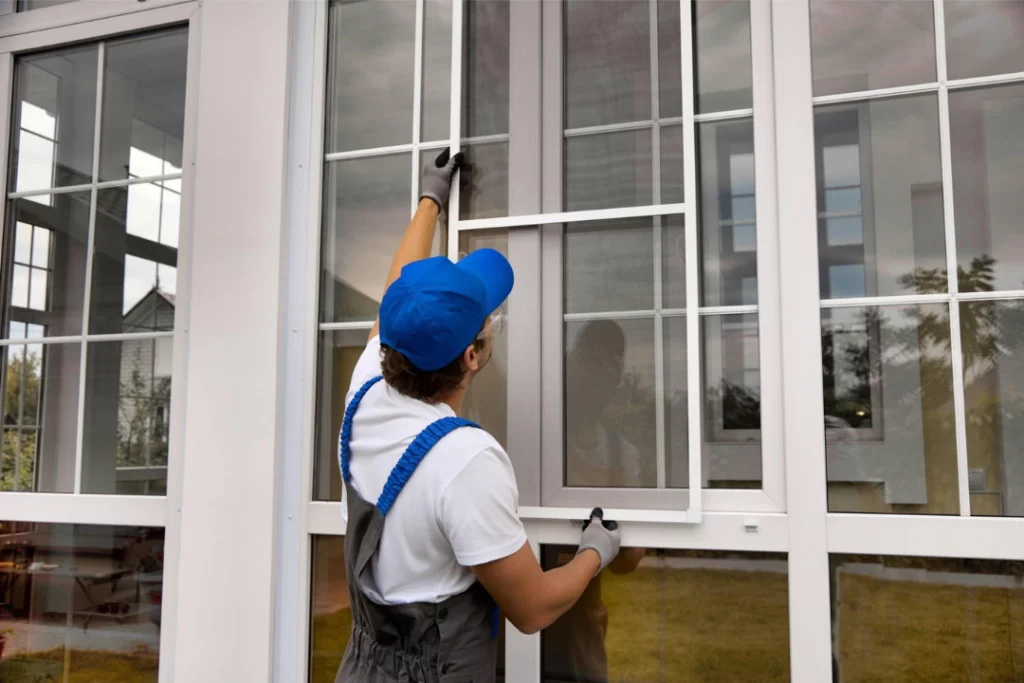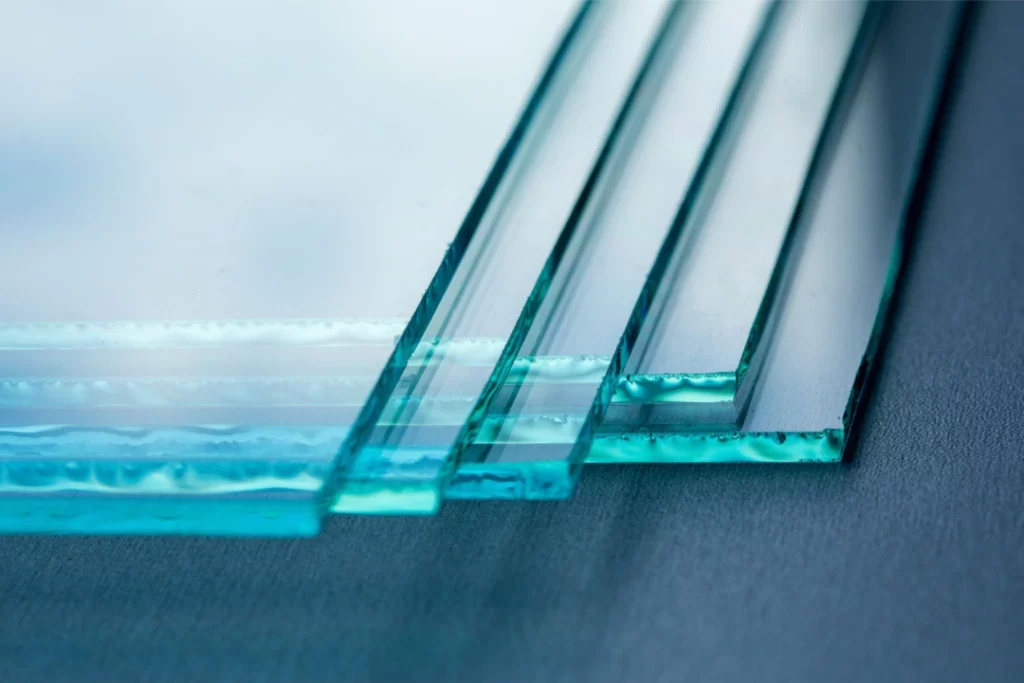
Are you tired of living in a home with old, drafty windows that let cold air seep in during the winter months? Do you want to improve your home’s energy efficiency while also enhancing its curb appeal? If so, it may be time to consider replacing your windows with new ones. In this guide, we will walk you through everything you need to know about window glass installation, from choosing the right type of glass to understanding the installation process. For your glass related projects you can call Us at tel:+1 602 300 0851
Types Of Window Glass:
Before we dive into the installation process, it’s important to first discuss the different types of window glass available on the market. Here are some of the most common options:
- Double-pane glass: This is one of the most popular types of window glass, known for its energy efficiency and cost-effectiveness. It consists of two panes of glass separated by a gap filled with argon gas, which helps to reduce heat transfer and minimize temperature fluctuations.
- Triple-pane glass: As the name suggests, triple-pane glass has three layers of glass instead of two. This provides even better insulation than double-pane glass, making it an excellent choice for colder climates or homes that experience extreme weather conditions.
- Low-E glass: Low-emissivity (Low-E) glass is coated with a thin layer of metal oxide that reflects heat back into the room rather than allowing it to escape outside. This makes it an ideal option for homeowners who want to save money on their heating bills without sacrificing natural light.
- Tempered glass: Also known as safety glass, tempered glass is designed to shatter-resistant and is commonly used in doors, shower enclosures, and other areas where human impact is likely.
- Laminated glass: Laminated glass is made up of multiple layers of glass sandwiched together with a resin interlayer. This makes it more durable and resistant to breaking than regular glass, while also providing improved sound insulation.

Choosing The Right Type Of Glass:
Now that you know about the different types of window glass available, how do you choose the right one for your needs? Here are some factors to consider:
- Climate: If you live in a hot climate, low-E glass may be the best option since it reduces heat gain and keeps your home cooler. In colder climates, double-pane or triple-pane glass may be more suitable to keep your home warm and cozy.
- Budget: Double-pane glass is generally the most affordable option, followed by triple-pane glass and low-E glass. Tempered glass and laminated glass tend to be pricier due to their increased durability and security features.
- Noise level: If you live near a busy street or noisy neighbors, laminated glass may be worth considering since it offers superior sound insulation compared to other types of glass.
- Personal preference: Ultimately, the type of glass you choose depends on your personal preferences and priorities. For example, if you value natural light, low-E glass may be the way to go. If safety is your top concern, tempered glass could be the best choice.

Window Glass Installation Process:
Once you’ve selected the perfect type of glass for your needs, it’s time to think about the installation process. While it’s possible to install windows yourself, it’s often recommended to hire a professional contractor to ensure a proper and efficient installation. Here’s what you can expect during the installation process:
- Measurement: The first step involves measuring the dimensions of your existing windows to determine the correct size of replacement glass needed. Your contractor should take precise measurements to avoid any potential gaps or leaks.
- Removal of Old Windows: Next, the old windows must be removed carefully to prevent damage to surrounding walls, floors, or trim work. This may involve disconnecting any electrical connections, such as those for blinds or security cameras.
- Preparing the Frame: After removing the old windows, the frame must be cleaned and prepped for the new glass. This includes repairing any cracks, holes, or rot before applying a coat of primer and paint to match the rest of your home’s exterior.
- Installing New Glass: Once the frame is ready, the new glass can be installed using specialized equipment like suction cups or pulleys. Depending on the type of glass chosen, additional components like spacers, sealants, and insulating gases may be required.
- Testing and Inspecting: Before finishing the installation, the contractor will test the windows to ensure they open and close properly, and inspect the edges and corners for any gaps or leaks. Any necessary adjustments will be made at this stage.
- Cleanup and Debris Removal: Finally, the area around the newly installed windows will be cleaned up, and any debris or materials left over from the installation will be removed.
Contact Us For Unique Products And Services
Frequently Asked Questions:
The duration of a window glass installation project depends on several factors, including the number of windows being replaced, the complexity of the job, and the availability of the glass. On average, however, the installation process can take anywhere from a few hours to a few days.
While it’s technically possible to install window glass yourself, it’s not always recommended. Improperly installed glass can lead to water leakage, poor energy efficiency, and reduced lifespan. Additionally, handling large sheets of glass can be dangerous, especially if you don’t have the proper training or tools. It’s usually best to leave the job to a professional contractor.
The cost of window glass installation varies widely depending on factors such as the type of glass, the number of windows, and the location of the installation. On average, homeowners can expect to pay between $300 and $1,500 per window for a standard single-hung window. However, prices can range from as little as $200 for a basic vinyl window to over $3,000 for a high-end bay window.
In some cases, homeowner’s insurance may cover part or all of the cost of window glass installation, especially if the damage was caused by a storm or other covered event. It’s essential to review your policy and contact your insurance provider to determine the specifics of your coverage.
Yes, homeowners may be eligible for federal and state tax credits when installing energy-efficient windows. The Energy Star program, sponsored by the U.S. Environmental Protection Agency, offers rebates and incentives for energy-efficient home improvements, including window replacements. Consult with a qualified contractor or tax professional to learn more about the available incentives in your area.
Conclusion:
Replacing your home’s windows with new glass can provide numerous benefits, ranging from improved energy efficiency and noise reduction to enhanced curb appeal and increased property value. By understanding the various types of window glass available, the widow glass installation process, and the frequently asked questions, homeowners can make informed decisions and ensure a successful installation project. Whether you’re looking to upgrade your home’s functionality or simply desire a fresh new look, window glass installation is a valuable investment for any home improvement plan.
